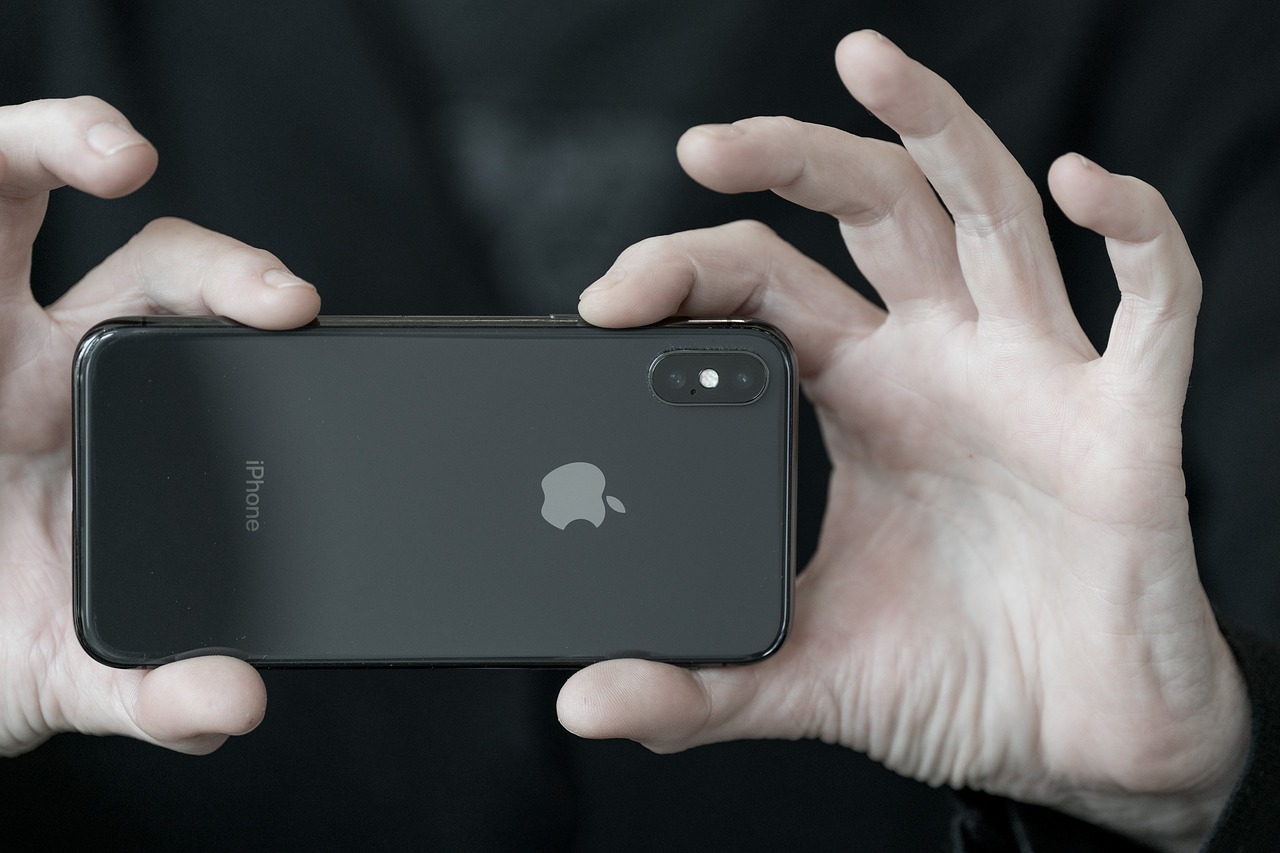It is surprising when you consider that Apple’s iPhone has only been around since 2007. Unveiled by Apple CEO Steve Jobs on January 9, 2007, the first iPhone was priced at $499.
In this article, we look at the evolution of the iPhone and how Apple led the cell phone industry in terms of smartphone innovation and development.
Apple’s first iPhone was released for sale in June 2007
The first iPhone featured a 3.5-inch screen and a 2-megapixel camera, as well as a variety of multi-touch features.
Critics were cynical about the handset’s prospects for success, asserting that it was unlikely to do well, since it was prohibitively expensive. Apple proved its critics wrong. Just as the Macintosh changed the world of computing, the iPhone revolutionized the cell phone industry.
iPhone 3G
The iPhone 3G was released on June 9, 2008, a year after Apple’s first iPhone went on sale. This new and improved version offered more storage and featured built-in GPS and 3G network connectivity. Not only that, but it was cheaper than the first iPhone, with the 16 GB version priced at $299 and the 8 GB model available for just $199.
iPhone 3GS
Available starting on June 19, 2009, the iPhone 3GS was a faster version of its predecessor that ran iPhone 3.0 (a precursor to iOS 8). In addition to upgraded features, including voice control, the iPhone 3GS offered improved value on the iPhone 3G, with the 16 GB model available for $199.
iPhone 4
Released on June 2010, the iPhone 4 was Apple’s first model to feature a front-facing camera. Little did Apple know then what it had started in sparking the age of the selfie, a phenomenon that continues unrelentingly today.
The iPhone 4 featured a Retina display, as well as 512 MB memory, double that of the iPhone 3GS. Nevertheless, storage remained restricted to 32 GB of data, somewhat curtailing the model’s potential.
iPhone 4S
The iPhone 4S was released on October 14, 2011. In terms of functionality, the iPhone 4 and the iPhone 4S really are night and day. While the iPhone 4 featured a 5-megapixel camera, the iPhone 4S boasted one with 8 megapixels. While maintaining memory at 512 MB, Apple included a 64 GB storage option for the iPhone 4S. The iPhone 4S also introduced Siri.
iPhone 5
The iPhone 5 went on sale in September 2012, selling 5 million units in its first week. With memory boosted to 1 GB, the iPhone 5 incorporated LTE connectivity, enabling users to connect to the Internet from anywhere. This model also introduced the public to Apple’s Lightning connector and increased the screen size from 3.5 inches to 4 inches.
iPhone 5S/5C
Between both the 5S and 5C, Apple sold 9 million units in a single week in September 2013. The iPhone 5s introduced dual flash, slow-motion video, and Touch ID, plus the M7 motion coprocessor, opening up a whole realm of new possibilities in terms of extending battery life. The iPhone 5C featured a plastic shell available in four different colors. It was intended to be a slightly more affordable alternative to the 5S.
iPhone 6/6s
The iPhone 6 went on sale in 2014. It featured an HD Retina display and provided up to 128 GB of storage. The iPhone 6S, which was released the following year, was a huge leap forward in terms of photographic capabilities, increasing from 8 megapixels to 12 megapixels, with the memory doubling to 2 GB.
Following a few bending issues (the iPhone 6 had an inherent design flaw that resulted in it bending easily), Apple fitted the 6S 7000 series with an aluminum cover to improve stability. They also added 3D Touch.
iPhone 7/7 Plus
Introduced in 2016, both the iPhone 7 and iPhone 7 Plus were similar in appearance to the 2015 models, although they eliminated the audio jack, which meant that users had to purchase either Apple brand earbuds or a special adapter to use their own headphones.
iPhone 8/8 Plus
Released on September 12, 2017, the iPhone 8 featured a new aluminum and glass design, as well as Retina HD, Portrait Lighting supported single and dual cameras, and wireless charging, as well as being optimized for augmented reality. By this point, Apple handsets had crept up in price, with the most basic model starting at $699.
iPhone X/XR
The iPhone X was released for sale in November 2017. Prices started at $999, making it Apple’s most expensive handset to date. Featuring an edge-to-edge, Super Retina 5.8-inch display, the iPhone X includes True Tone technology, Touch ID, and new biometric security.
Released in 2018, the XR range incorporates Apple’s A11 Bionic chip, as well as a second-generation neural engine. It also comes with a wide-angle lens aperture and haptic touch controls.
iPhone 11
Available since September 2019, the iPhone 11 is somewhat more reasonably priced, starting at $699. Its front-facing camera is a 12-megapixel model that enables users to take slow-motion selfies, dubbed “slofies.” It also features a new “night mode” for more flattering selfies in low light conditions.

